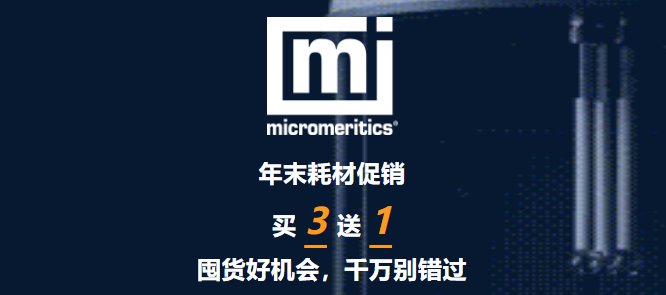
麥克默瑞提克(上海)儀器有限公司
 金牌會員
金牌會員 已認證
已認證

麥克默瑞提克(上海)儀器有限公司
 金牌會員
金牌會員 已認證
已認證
A novel and inexpensive approach was adopted to develop magnetic porous γ-Fe2O3/C@HKUST-1 composites for the adsorption of dyes and heavy metal ions from aqueous solution. The γ-Fe2O3/C with unique functional groups present such as –OH and –NH2 was used as the support to directly grow HKUST-1 by a stepwise liquid-phase epitaxy process. The crystallographic, morphology, and magnetic properties as well as porosity of the as-synthesized γ-Fe2O3/C @HKUST-1 composites were carefully studied by XRD, SEM, TEM, XPS, TGA, and BET. The results indicated that the BET surface area, micropore volume, and saturation magnetization of the γ-Fe2O3/C @HKUST-1 are 993.4 m2 g?1, 0.69 cm3 g?1, and 12.6 emu g?1, respectively. In addition, a uniform distribution of ultrafine γ-Fe2O3 nanoparticles with an average diameter of 2–3 nm was observed in the γ-Fe2O3/C@HKUST-1 composites. Our results showed that methylene blue (MB) and Cr(VI) (used as a model for typical dye pollutants and heavy metal ions) are effectively removed from aqueous solutions by γ-Fe2O3/C@HKUST-1. The maximum adsorption capacities were 370.2 and 101.4 mg g?1 of adsorbent for MB and Cr(VI), respectively. Moreover, a removal efficiency of about 90% was retained after five cycles of consecutive adsorption–desorption. The adsorption kinetics data were well described by a pseudo-second-order model (R2 > 0.99), and equilibrium data were well fitted to the Langmuir isotherm model (R2 > 0.99). Finally, our results suggested that the γ-Fe2O3/C@HKUST-1 composites have a great potential to be employed for treatment of wastewater containing MB and Cr(VI).
該文章中材料表征采用的是美國麥克儀器3Flex
詳情可參考下面鏈接:
!divAbstract
最新動態
更多



